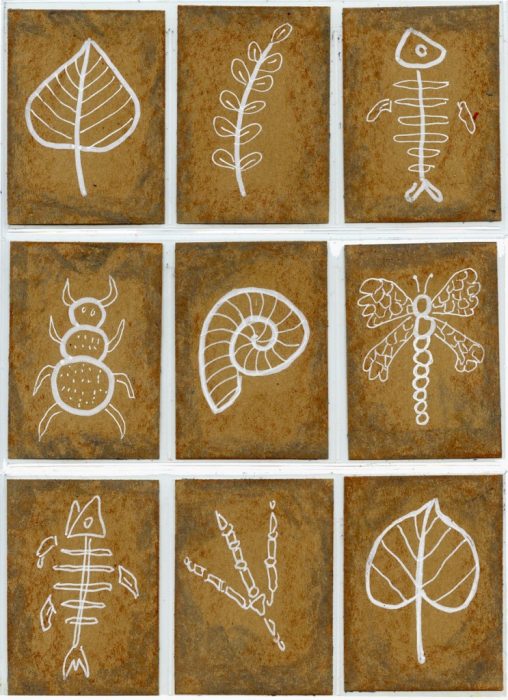

Miró’s first Surrealist painting, Carnival of Harlequin, shows his artistic progress from the time of The Farm.

This served as the artist’s gateway to the Surrealist group. In Paris, he met Dada artists, and progressively nature took a less important role in his works.

The Realism of this work established him as a talented artist, and gave him the opportunity to later overcome the barriers standing between himself and his genius.Īfter what Dupin refers to as a “Catalan Fauvism” 2 period, Miró began “The Mutation” 3 during the years 19. Back in Mont-roig, he began to work on The Farm. Nevertheless, his first exhibition did not work out well, and he did not sell a single painting. Some other works from this period bring to mind a kind of Cubism, or more accurately a kind of “Cezannism.” 1Īt the very beginning of the 1920s, Miró went to Paris for the first time, and came back to Spain convinced that he would be a pioneer for something completely new within the art world. In his earliest works, such as Paysage, Mont-roig, one sees an influence from Fauvism, the artistic movement led by Henri Matisse (French, 1869–1954). Miró is in many ways beyond artistic styles he mastered the artistic rules established by his own imagination.Īccording to Miró by Jacques Dupin, the artist was associated with the following movements and artistic periods. It is also very difficult to associate him with one specific art movement, though many categorize him as a Surrealist. It may be difficult to identify which works are from the artist’s earlier career, because, throughout his lifetime, he continually went back and forth between detail-oriented paintings to highly Figurative ones. He created one of his first known paintings, The Peasant, in 1914, and kept working until his death, which was 76 years later. Many consider Miró to be a complex and prolific artist. Joan Miró, Le Placeur du music-hall, oil on canvas, 1925


 0 kommentar(er)
0 kommentar(er)
